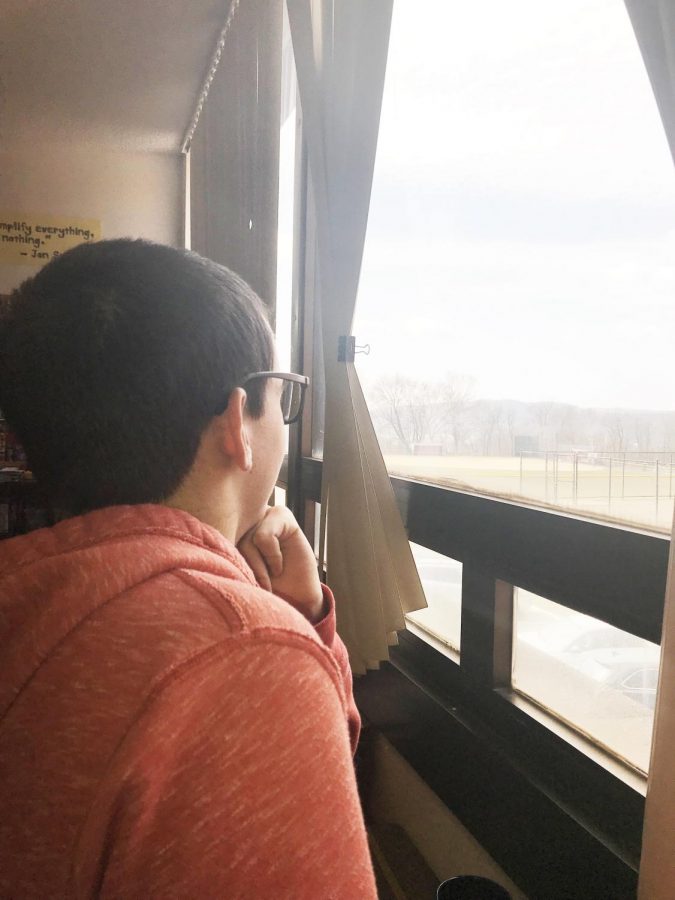SAD and under the weather
More about Seasonal Affective Disorder
It’s sorrow when the cold, sharp air pierces a person’s body during the winter. It’s joy when the warm, comforting rays of the sun hug it’s companions during the summer. These feelings of gloom and bloom are actually quite common through, not only students, but by all people. In fact, almost anyone can be affected by these changes in the weather.
Seasonal Affective Disorder, also known as “SAD” for short, is a type of depression that comes and goes as the seasons pass by. According to the National Institute of Mental Health, Seasonal Affective Disorder usually begins in the late fall and early winter and goes away during the spring and summer. Although it is more common during the colder seasons, some people can experience SAD during the summer.
Some common symptoms of SAD can be having low energy, having problems with sleep, feeling hopelessness, having trouble concentrating, losing interest in activities you once enjoyed and experiencing changes in weight and/or appetite.
To be diagnosed with SAD by professionals, a person must meet the specific major depression criteria, along with a seasonal pattern of occurrence, for at least two years.
Although SAD is very common among people, it is even more common for young adults, teenagers and children. Seeing as students attend school during the winter, the more common season of occurrence for SAD, many students experience symptoms of SAD during these colder times.
“The weather is drowsy and it makes me less active and a little bit sadder,” sophomore Noah Spanos said.
“I do feel sad during the winter because I feel so lonely and there’s not much I do in the cold weather,” sophomore Kyzah Russell said.
Since it has been proven that depression can be present during different seasons, it is also a possibility that the weather can have a toll on people’s moods.
“I do think the weather has an affect on people’s moods, because if the sun is shining and it’s warm out there is just a happier vibe out, compared to when it is negative two degrees out and cloudy. I also feel that snow can sometimes affect people’s moods after a while, because shoveling snow is such a hassle sometimes and after being stuck in the cold for so long you kind of just get sick of it,” freshman Madison Lewis said.
A treatment of SAD can be light therapy or vitamin D. Since a lack of sunshine can be a cause of these conditions, light boxes are used to help people feel better. This box filters out ultraviolet rays and typically requires anywhere from twenty to sixty minutes of exposure. The light box has a light made of 10,000 lux of a white, cool, bright light, which is a greater amount of lux compared to normal indoor lighting.
Vitamin D can also help people who suffer from SAD to feel better. In a research study, low blood levels of vitamin D were found in several people diagnosed with SAD. A reason for low levels of vitamin D can be the lack of sunshine during the colder seasons like winter.
Many students personally feel that the sunshine increases and/or improves their moods.
“In the winter I do feel sadder because I am stuck in the house all the time which is why I do prefer summer because I can be around my friends more and out in the sun,” sophomore Myah Hrinko said.
Despite the fact that more and more cases of SAD are being diagnosed, more and more cases are being treated. As the seasons pass and the weather changes, people’s moods are changing as well. On the bright side, there are more sunny days to come.



